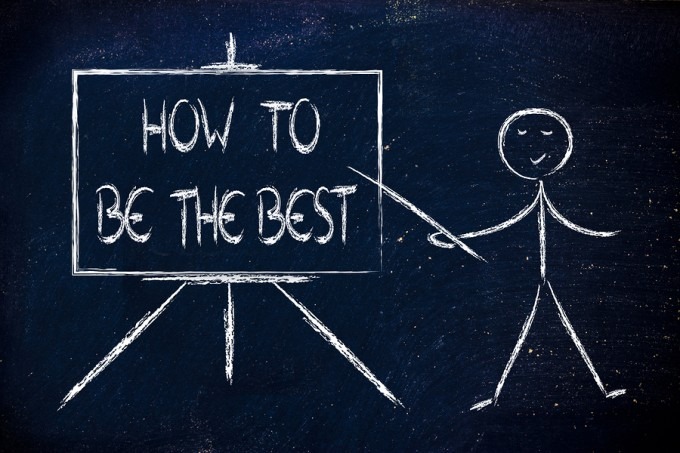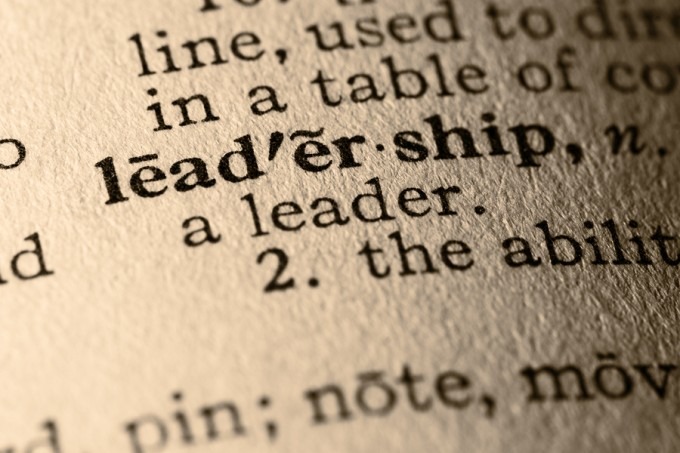By Kris Dunn
It’s one of the unwritten rules of management. It’s also one of the hardest things for new managers to wrap their heads around.
“It’s not your fault, but it’s your problem.”
Let’s deconstruct that a bit. New managers were often very high performing individual contributors (ICs). The great thing about being an IC is that you only have to worry about one person – and that person is you.
But your performance as an IC convinced us that you’d make a good manager of people. For the most part that’s true.
One point that sneaks up on new managers is taking feedback on what needs to happen related to their team as failure on the part of themselves (the new manager).
Here’s what I mean – If you’re managing other managers of people and some of those are first time managers, you’re going to spend more time talking about what’s going on within those teams than you will with a more experienced manager of people. You have to be the coach for the new manager.
As you’re coaching that new manager of people, it’s important to separate their individual identity as a high performer from the brand new – and at times, scary – role as a manager of people.
Example – someone on their team is struggling in a certain area, and the new manager delays a bit. Your job is to push as the director, but careful! Your feedback might be perceived as failure on the part of the new manager.
I’ve always found the best way to handle that with new managers is to use the title of this post –“It’s not your fault, but it’s your problem.”
What I’m trying to convey with that is simple – “Look, you’re going to manage people who struggle in your life as a manager. Just because they’re struggling doesn’t mean you’re a bad manager. It’s what happens next that is key – are you gong to address it, coach for improvement, etc. Or are you looking the other way?”
The only way you lose is if you don’t get in there and address it. Bias for action is the key for new managers. Left to their own devices, most will wait too long to address whatever performance issue is in question.
“It’s not your fault, but it’s your problem.” by Kris Dunn first appeared on November 30, 2015 at HR Capitalist




